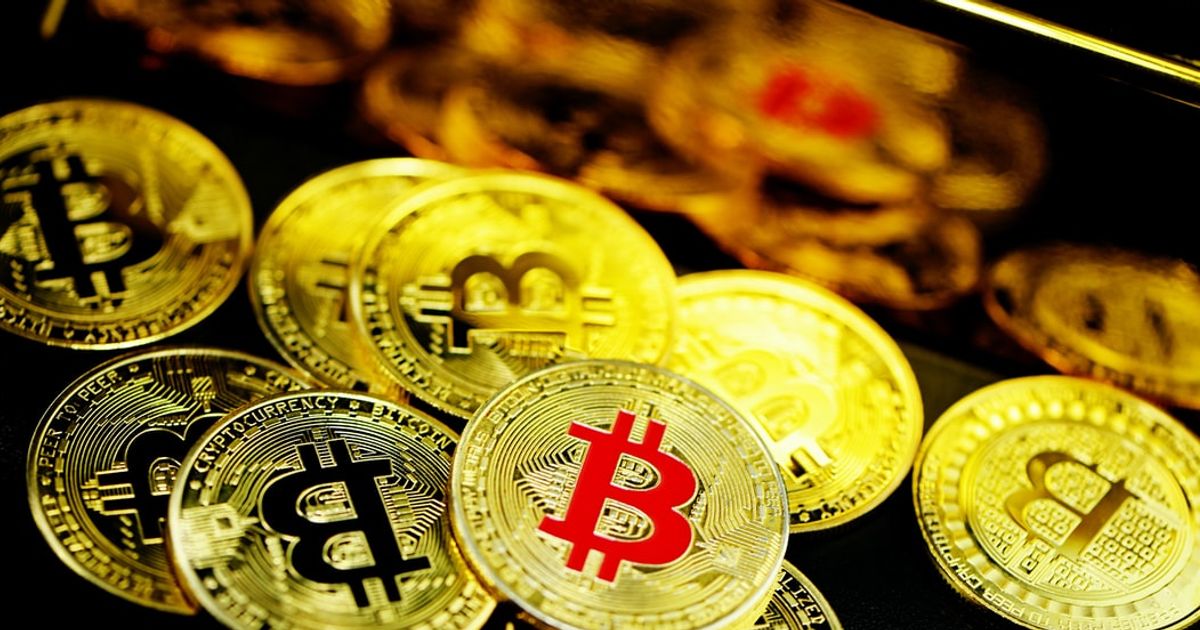Cryptocurrency whales are a vital part of the crypto-ecosystem, but how do they affect currencies?
If you're an investor in bitcoin, you might know about the collective fear of Satoshi Nakamoto's re-emergence. If the co-founder of bitcoin emerged and sold some of his 1,000,000 BTC, some investors fear it could have huge consequences.
Of course, Satoshi is not alone in having this impact. Here's a wider look at cryptocurrency whales.
What does whales mean in cryptocurrency?
A cryptocurrency whale is a term borrowed from the stock market that refers to an individual with enough investment power to affect the price of the currency.
The metaphor refers to a whale's potential to make large waves in the water while swimming alongside little fish - the smaller investors.
Many of the largest whales do not trade on cryptocurrency exchanges but instead opt for Over-The-Counter (OTC) brokers devoted to large-scale transactions and wallets.
How do whales affect cryptocurrency?
Because of the concentration of cryptocurrency a whale may hold, any movements they make could lead to large price fluctuations.
If a whale makes a large transaction, such as selling a sizeable portion of its holdings, 'whale watchers' may respond by taking similar actions, leading to a significant price drop.
Whales can also cause large price increases, too. When Tesla disclosed it purchased $1.5bn of bitcoin in February, the price of bitcoin jumped by 17%.
How much cryptocurrency do whales hold?
Cryptocurrency whales hold a concentrated volume of cryptocurrency that varies depending on the coin and the whale.
For example, just 85 bitcoin wallets hold over 14% of all bitcoin (via BitInfoCharts). 42% of all bitcoin is concentrated into around 2200 addresses - worth nearly $200bn. In Dogecoin's case, one wallet holds 36,711,943,063 DOGE - some 28% of all DOGE in circulation. 11 wallets hold over 45% of the total DOGE circulation.
While some attempt to place specific numbers on what makes an individual a 'whale', these numbers are contested and dismissed. Each cryptocurrency has its own market conditions and market cap that means it is impossible to define what makes a 'whale'.
How to find whales in cryptocurrency
'Whale watching' is a common tactic among cryptocurrency investors, given the impact these whales can have on digital currencies.
Luckily, given the public nature of blockchains, anybody can track cryptocurrency whales without the need for external resources. You can track the wallets of the top bitcoin, Dogecoin, or Ethereum holders through the likes of BitInfoCharts and Etherscan. Alternatively, sites such as Watcher.guru also cover the top wallets for many currencies, along with the most recent transactions.
Another way to detect whales it use the order book. If you see any particularly large buy or sell orders, this may be evidence of a whale making movements.
Of course, given cryptocurrency trades 24/7, tracking these blockchains can be a pretty demanding task. Luckily, there are a number of services out there that can detect whale activity for you, such as the Whale Alert Twitter account.
READ MORE: How much Dogecoin does Elon Musk own?
[Featured Photo by Executium on Unsplash]
Explore new topics and discover content that's right for you!
Planet Crypto





